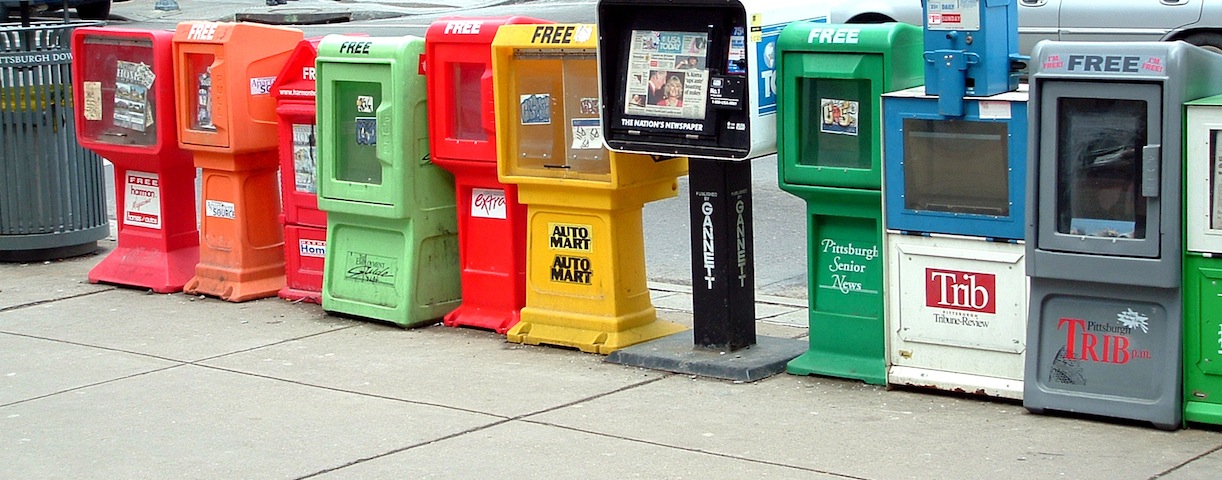“This is the most difficult time in history to be a wine maker, declares Paul Mabray, Chief Strategy Office and founder of Vintank.
“Never has the wine industry been as competitive as it is today.”
Update: The Wine Communicators of Australia, who sponsored Mabray’s visit, have posted Paul’s presentation that covers this post’s theme in more detail.
Mabray’s business monitors social media for wineries and collects information on wine enthusiasts. Since Vintank’s founding in 2008 the service has collected information on over thirteen million people and their tastes in wine.
Rewriting the rule book
Social media, or social Customer Relationship Management (sCRM), is what Mabray sees as being part of the future of the wine industry that’s evolving from a model developed in the 1970s which started to break down with the financial crisis of 2009.
“In the old days there was a playbook originating with Robert Mondavi in the 1970s which is create amazing wine, you get amazing reviews and you go find wholesalers who bring this wine to the market.”
“As a result of the global proliferation of brands the increase of awareness and consumption patterns where people like wine more, those playbooks didn’t work in 2009 when the crisis started.”
With the old marketing playbook not working, wineries had to find other methods to connect to their markets and social media has become one of the key channels.
Now the challenge in the wine industry, like all sectors, is dealing with the massive amount of data coming in though social media and other channels.
The cacophony of data
“If you rewind to when social media came out, everyone had these stream based things and the noise factor was so heavy,” says Mabray.
“For small businesses this creates an ‘analysis to paralysis’ where they’d rather not do anything.”
Mabray sees paralysis as a problem for all organisations, particularly for big brands who are being overwhelmed by data.
“The cacophony of data at a brand level is just too much,” he says.
“It’s as noisy as all get go and I think the transition is to break Big Data down into small bite size pieces for businesses to digest is the future, it shouldn’t be the businesses problem, it should be the software companies’.”
A growing digital divide
Mabray sees a divide developing between the producers who are embracing technology and those who aren’t, “the efficiencies attributed to technology are obvious whether they’re using CRM, business intelligence or other components.”
“The people who are doing this are recognising the growth and saying ‘hey, this stuff actually works! If I feed the horse it runs.”
While Mabray is focused on digital media and the wine industry, similar factors are work in other industries and technology sectors; whether it’s data collected by farm sensors to posts on Instagram or Facebook.
Facebook blues
Mabray is less than impressed with Facebook and sees businesses concentrating on the social media service as making a mistake.
“I think that every social media platform that’s been developed had such a strong emphasis on consumer to consumer interaction that they’ve left the business behind, despite thinking that business will pay the bills.”
“As a result almost every single business application that’s come from these social media companies has met with hiccups. That’s because it wasn’t part of the original plan.”
Facebook in particular is problematic in his view, “it’s like setting up a kiosk in the supermall of the world.”
The business anger towards Facebook’s recent changes is due to the effort companies have put into the platform, Mabray believes; “everyone’s angry about Facebook because we put so much into getting the data there.”
“We said ‘go meet us on Facebook’, we spent money collecting the items and manufacturing the content to attract people and now we have to spend money to get the attention of the people we attracted to the service in the first place.”
Despite the downsides of social media Mabray sees customer support as one of the key areas the services. “It’s easy to do in 140 characters.”
Context is king
“Everything come back to context. There’s this phrase that ‘content is king’,” Mabray says. “Context is king.”
“Anyone can produce content. It’s a bull market for free content. We have content pollution – there’s so much junk to wade through.
Mabray’s advice to business is to listen to the market: “Customers are in control more than they have ever been in human history: Google flattens the world and social media amplifies it.”
For wineries, like most other industries, the opportunity is to deal with that flat, amplified world.
Similar posts:




